Vitamin D, often called the “sunshine vitamin,” is basic for keeping up in general wellbeing, however millions around the world endure from its lack. In spite of its imperative part in bone wellbeing, insusceptibility, and illness avoidance, vitamin D insufficiency remains one of the most common dietary issues in both created and creating nations. This quiet lack can have far-reaching impacts, regularly going unnoticed until genuine wellbeing issues arise.
What is Vitamin D and Why is it Important?
Vitamin D is a fat-soluble vitamin that plays a key part in calcium assimilation, bone mineralization, and safe control. Not at all like most vitamins, it can be synthesized in the skin when uncovered to bright B (UVB) beams from daylight. It can too be gotten from dietary sources such as greasy angle (salmon, mackerel, sardines), invigorated dairy items, eggs, and supplements.
There are two essential forms:
- Vitamin D2 (ergocalciferol): Found in plant-based sources and braced foods.
- Vitamin D3 (cholecalciferol): Found in creature items and created in the skin after sun introduction; more powerful and longer-lasting in the body.
Once ingested or delivered, vitamin D is changed over in the liver to calcidiol and at that point in the kidneys to calcitriol, its dynamic frame. This dynamic hormone directs calcium and phosphorus levels in the blood, guaranteeing solid bone structure and numerous other real functions.
Causes of Vitamin D Deficiency
Vitamin D insufficiency can happen for a few reasons:
- Limited Sun Presentation: Individuals living in tall scopes, working inside, or covering their skin for social or devout reasons may get insufficient sunlight.
- Dark Skin Pigmentation: Higher melanin levels diminish the skin’s capacity to create vitamin D from sunlight.
- Poor Dietary Admissions: A eat less missing in angle, invigorated nourishments, or dairy can lead to moo vitamin D levels.
- Medical Conditions: Disarranges such as celiac infection, Crohn’s infection, and unremitting kidney infection can disable vitamin D retention or conversion.
- Obesity: Abundance body fat can trap vitamin D, making it less accessible for utilize in the body.
- Aging: More seasoned grown-ups have diminished skin blend and may too spend less time outdoors.
Health Impacts of Vitamin D Deficiency
Vitamin D insufficiency impacts numerous body frameworks, driving to a wide run of wellbeing problems:
1. Bone Shortcoming and Skeletal Disorders
- In Children: Extreme lack can cause rickets, a condition characterized by delicate, powerless bones, deferred development, and skeletal deformities.
- In Grown-ups: It can cause osteomalacia, driving to bone torment, muscle shortcoming, and expanded hazard of fractures.
Long-term insufficiency is connected to osteoporosis, making bones permeable and fragile.
2. Debilitated Safe System
Vitamin D tweaks the safe framework and makes a difference in battling contaminations. Moo levels are related with a higher hazard of respiratory diseases, flu, and indeed more extreme COVID-19 outcomes.
3. Unremitting Diseases
Studies propose that insufficiency is connected to:
Cardiovascular illnesses such as hypertension and heart failure.
Type 2 diabetes, due to its part in affront sensitivity.
Certain cancers, counting breast, colon, and prostate cancer.
4. Mental Wellbeing Issues
Vitamin D plays a part in brain work and disposition control. Moo levels have been connected to misery, uneasiness, regular full of feeling clutter (Pitiful), and cognitive decay in more seasoned adults.
5. Pregnancy Complications
Deficiency amid pregnancy can lead to gestational diabetes, preeclampsia, and moo birth weight in newborns. It can too influence the baby’s bone development.
6. Muscle Shortcoming and Fatigue
Vitamin D is basic for muscle work. Lack can cause muscle torment, shortcoming, and constant weariness, lessening by and large physical performance.
Symptoms to Observe Out For
Vitamin D lack frequently has unpretentious side effects or none at all until it gets to be extreme. Conceivable signs include:
- Frequent sickness or infections
- Bone or back pain
- Muscle weakness
- Fatigue and tiredness
- Hair loss
- Slow wound healing
- Depression or disposition swings
Because these indications can be caused by numerous other conditions, blood testing for vitamin D levels is the most solid way to affirm deficiency.
Diagnosis and Suggested Levels
A 25-hydroxyvitamin D blood test is utilized to degree vitamin D status. Concurring to the Endocrine Society:
- Deficiency: Less than 20 ng/mL (50 nmol/L)
- Insufficiency: 21–29 ng/mL (52–72 nmol/L)
- Sufficiency: 30–100 ng/mL (75–250 nmol/L)
Doctors may suggest higher target levels for people with persistent ailments or higher chance factors.
Prevention and Treatment
1. Sun Exposure
Aim for 10–30 minutes of late morning sun presentation a few times per week, depending on skin sort, climate, and season.
Avoid over the top sun introduction to diminish the hazard of skin cancer, and adjust it with secure hones like wearing sunscreen after introductory exposure.
2. Dietary Sources
Incorporate vitamin D-rich foods:
- Fatty angle (salmon, fish, mackerel)
- Cod liver oil
- Fortified drain, plant-based drain choices, and cereals
- Egg yolks
- Mushrooms uncovered to UV light
3. Supplements
For those incapable to get sufficient from daylight and eat less, supplements can help.
- Vitamin D3 is for the most part more compelling than D2 in raising blood levels.
- Dosage ought to be guided by a healthcare proficient, as over the top admissions can lead to vitamin D harmfulness, causing tall calcium levels, kidney harm, and other complications.
At-Risk Populations
Some bunches require uncommon consideration to vitamin D intake:
- Infants only breastfed without supplementation
- Elderly people in nursing homes
- People with darker skin
- individuals with corpulence or persistent diseases
- Pregnant and breastfeeding women
Conclusion
Vitamin D insufficiency is a broad however preventable wellbeing issue with critical suggestions for bones, insusceptibility, disposition, and persistent illness chance. Whereas daylight remains the most normal source, cutting edge ways of life, dietary propensities, and certain wellbeing conditions make it challenging for numerous to keep up satisfactory levels.
A proactive approach—combining secure sun presentation, a adjusted count calories, and supplementation when necessary—can offer assistance avoid insufficiency and ensure long-term wellbeing. Normal testing for those at chance guarantees convenient location and treatment, making vitamin D a little but effective partner in by and large well-being.

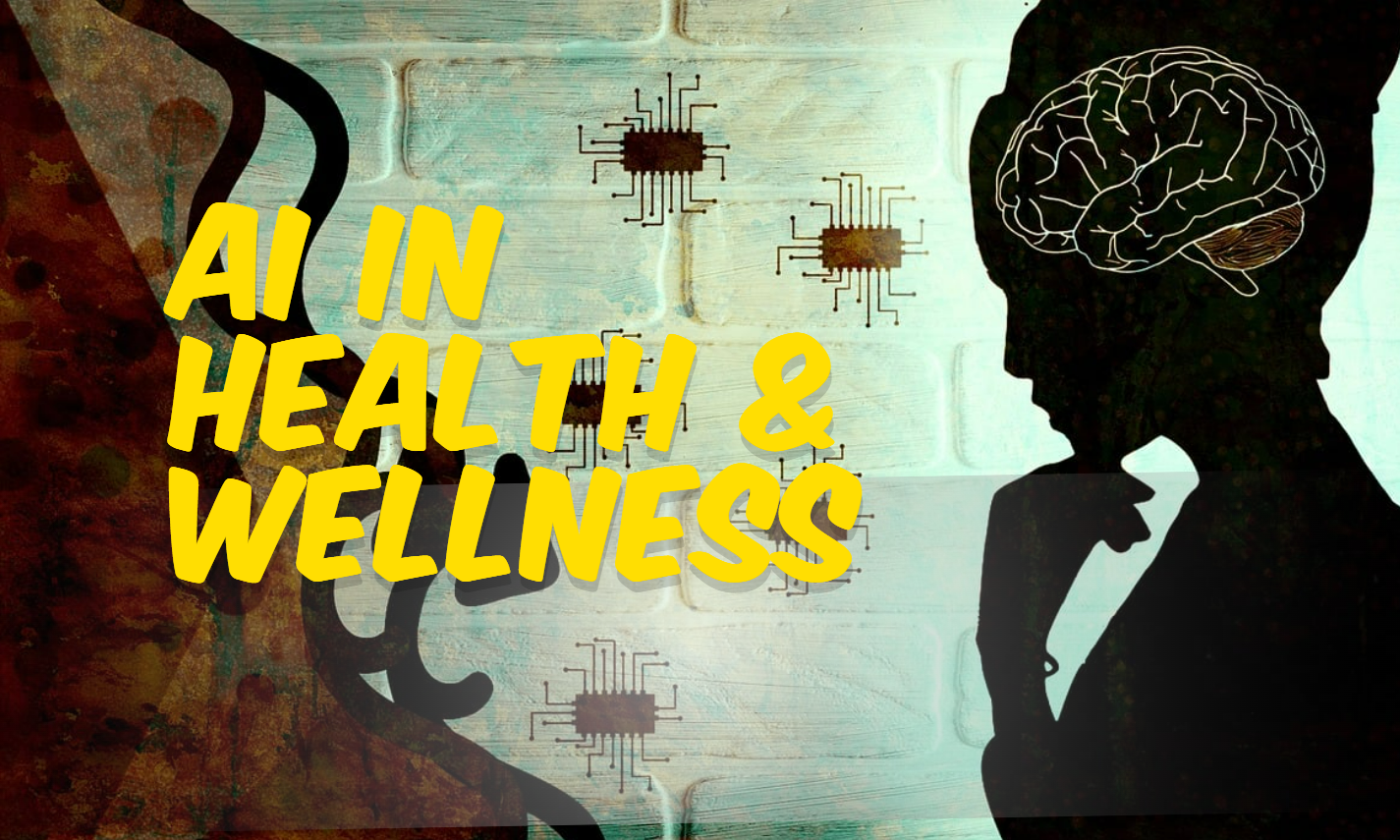
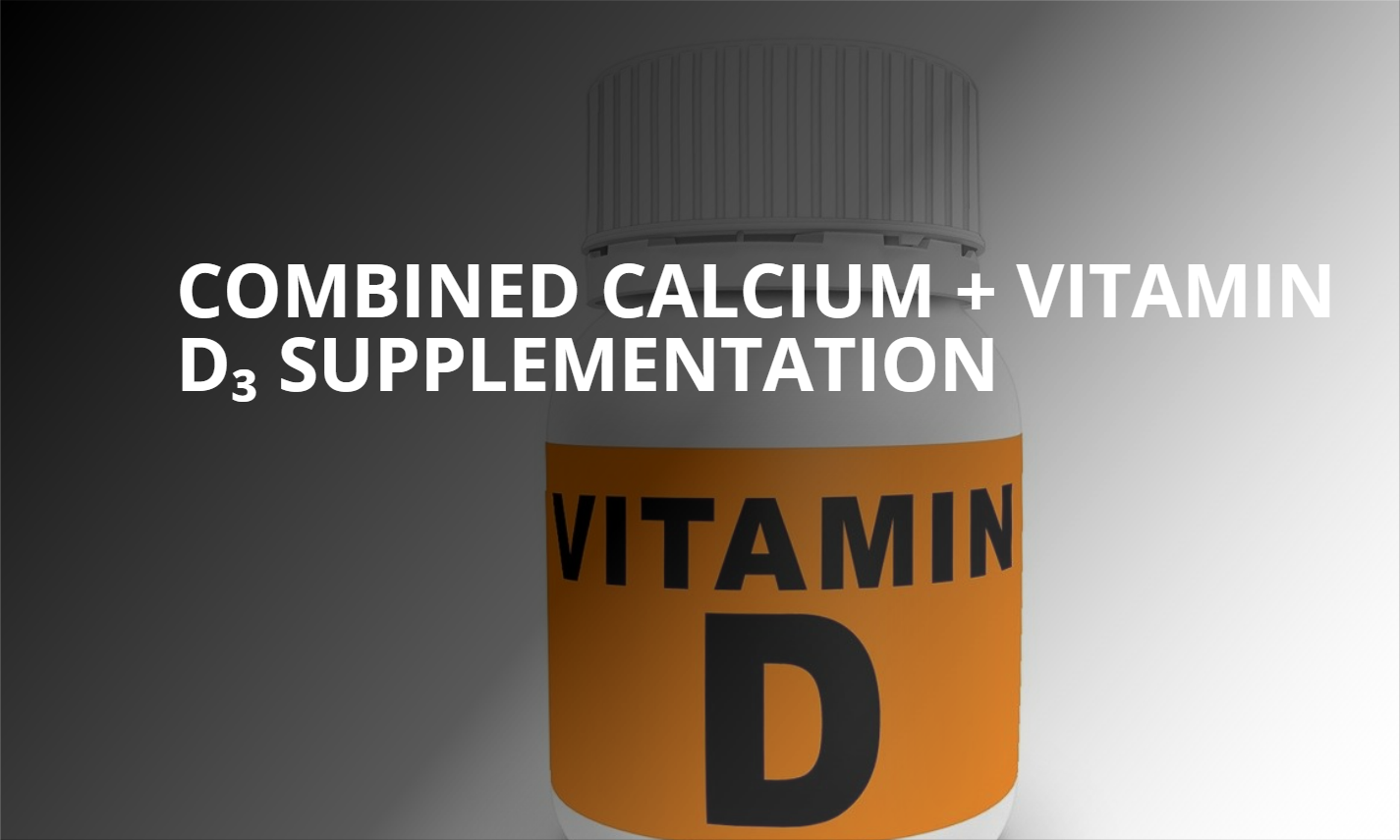

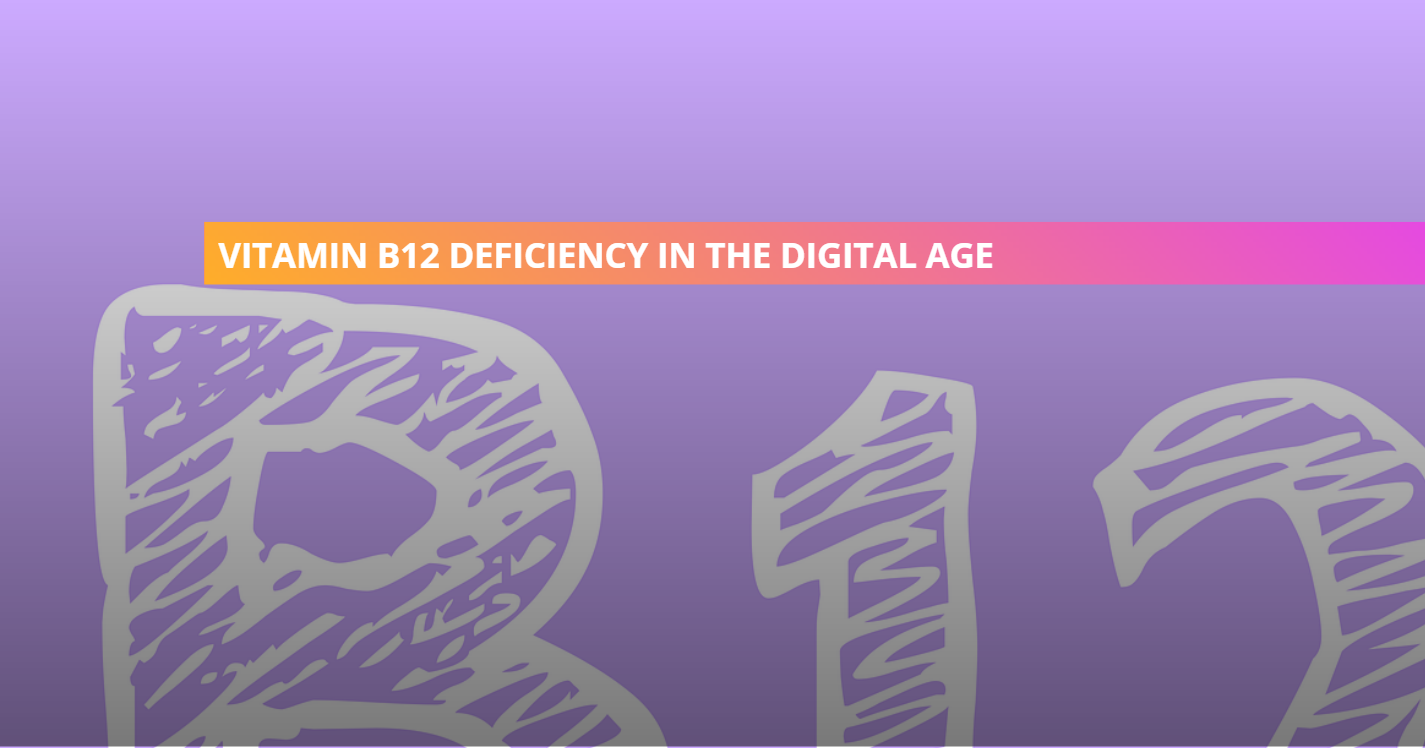

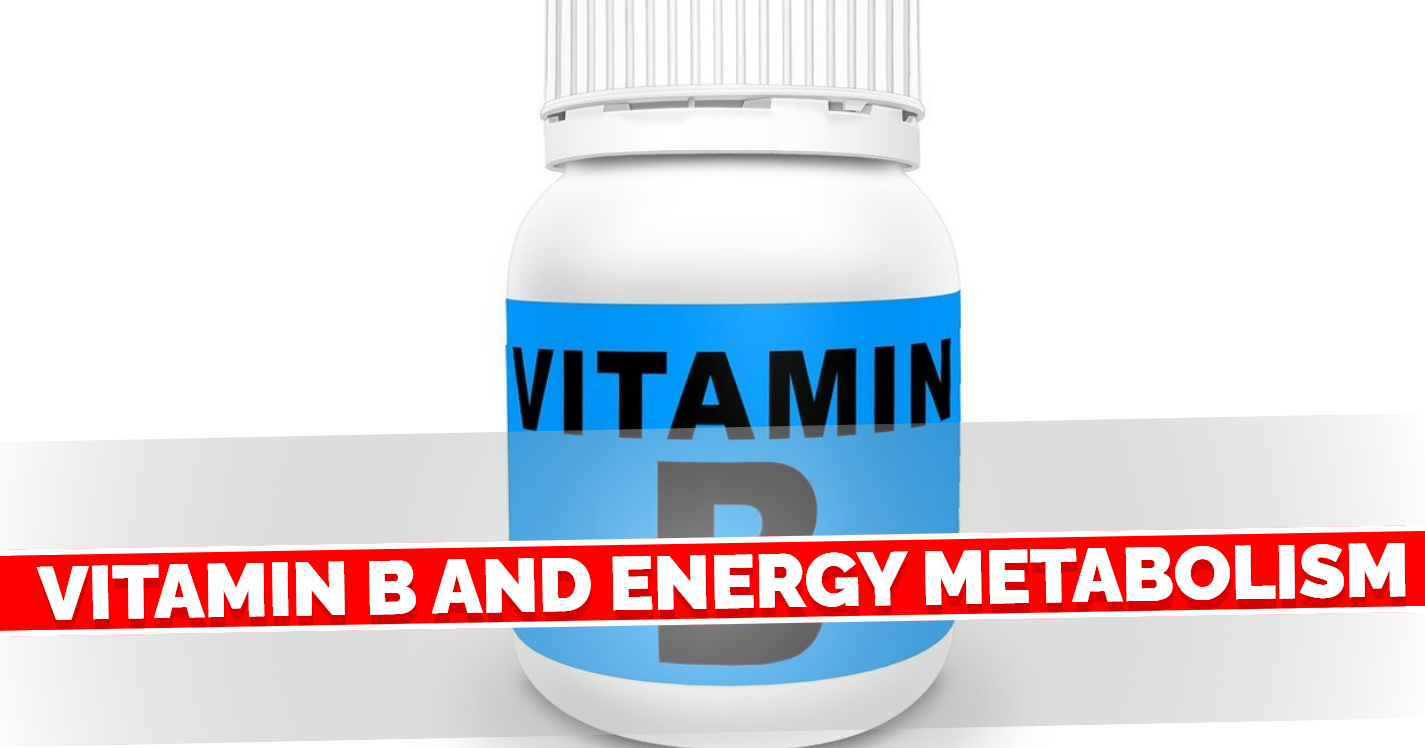
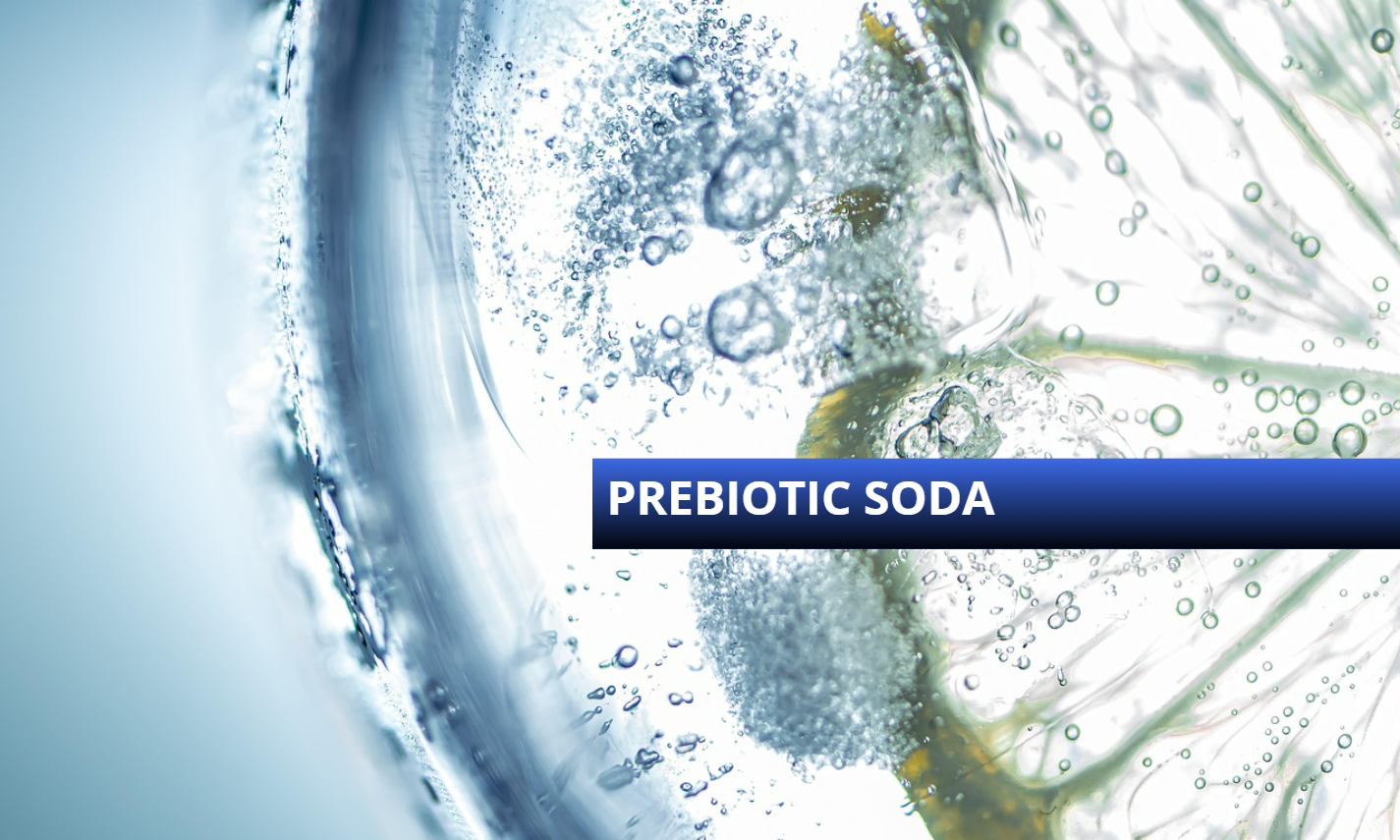







Leave a Reply